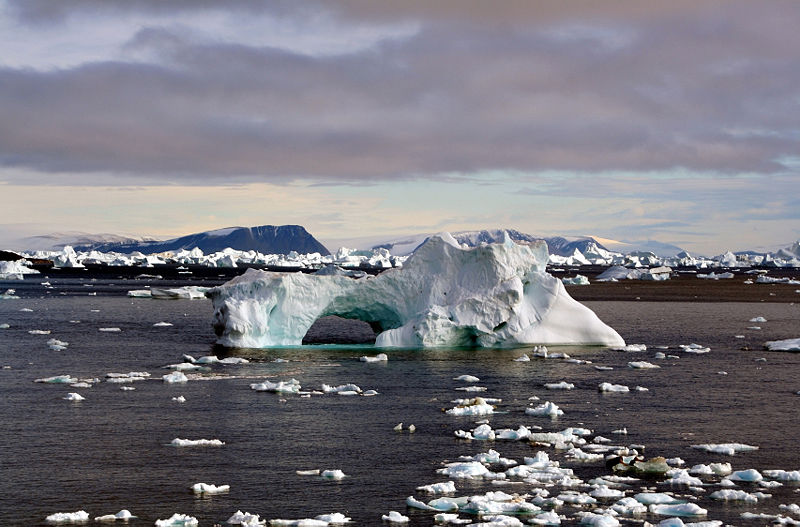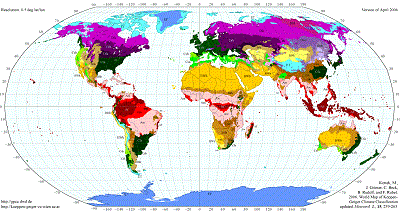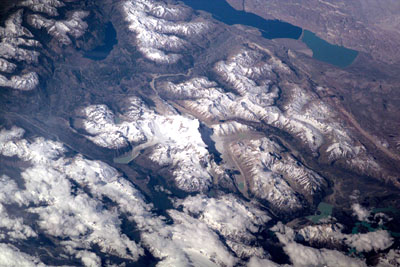
Mila Zinkova
Climate Change
Climate change refers to changes in global or regional climate determined over a long term - typically a minimum of 30 years. A short-term weather event such as an intense storm or heat wave are a normal occurances, and are part of how weather can vary normally. Such events, on their own, are not a sign of climate change. However, when we look at long-term averages of atmospheric data, over 30 years or more, and see that temperature and precipitation have changed, we see evidence of a changing climate.
Weather can change very quickly, in hours (and sometimes minutes!). Climate changes over much longer time periods, depending on changes in the factors that determine Earth's climate. Earth's climate changes when there are changes in the energy received at Earth from the Sun and when there are changes in the amount of energy that is held in the Earth system. These can be effected by changing atmospheric composition, the amount of energy reflected back to space from Earth (the Earth's "albedo"), and long term changes in the tilt of the Earth's axis. Earth's climate history demonstrates multiple intervals when our climate was very different.
Because average weather conditions help determine the type of plants and animals that live in regions on the planet, changes in climate can have significant effects on life on Earth. In addition to changing atmospheric temperature, changing climate impacts precipitation, winds, the intensity of storms, the persistence of ice, sea level, the temperature of water bodies, the distribution and survival of plant and animal species, and the distribution of disease. These, in turn, can have dramatic impacts on society.
Today, thousands of climate scientists around the world are studying how the Earth's climate is changing. This large scientific community has been studying Earth's climate for decades, thanks to advances in scientific understanding, computing, and modelling. However, climate science is not new - over one hundred years ago scientists recognized that humans could influence the Earth's climate through the growth of greenhouse gases in the atmosphere.
The large majority of climate scientists agree that Earth's climate is changing, and that the cause of the change is the increasing amount of greenhouse gases in the atmosphere. A wider community of specialists study the potential impact of changing climate on Earth's ecosystems, economy, and society. Climate models are an important tool which can be used to examine future climate scenarios, based on assumed levels of greenhouse gas production driven by our consumption choices.














